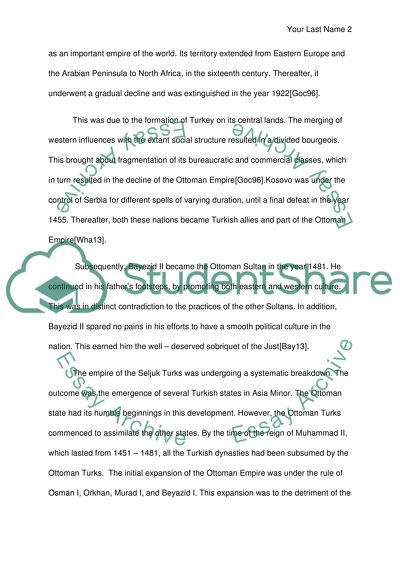Cite this document
(Ottoman Westernization and Social Change Case Study, n.d.)
Ottoman Westernization and Social Change Case Study. Retrieved from https://studentshare.org/history/1613960-ottomans
Ottoman Westernization and Social Change Case Study. Retrieved from https://studentshare.org/history/1613960-ottomans
(Ottoman Westernization and Social Change Case Study)
Ottoman Westernization and Social Change Case Study. https://studentshare.org/history/1613960-ottomans.
Ottoman Westernization and Social Change Case Study. https://studentshare.org/history/1613960-ottomans.
“Ottoman Westernization and Social Change Case Study”, n.d. https://studentshare.org/history/1613960-ottomans.


